The Phillips ROI MethodologyTM – Measuring Data at All Levels – Part 5
CommLab India
OCTOBER 20, 2016
In the fourth part of the series, we saw how the Phillips ROI Methodology TM suggests that measurements be taken at every level. A change in the learner’s attitude. Employees’ wages against time saved to do a job is an example of an alternative way some organizations convert data into monetary terms. Level 2: Learning.


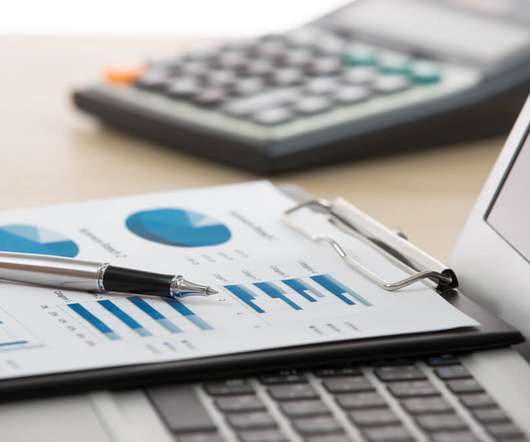
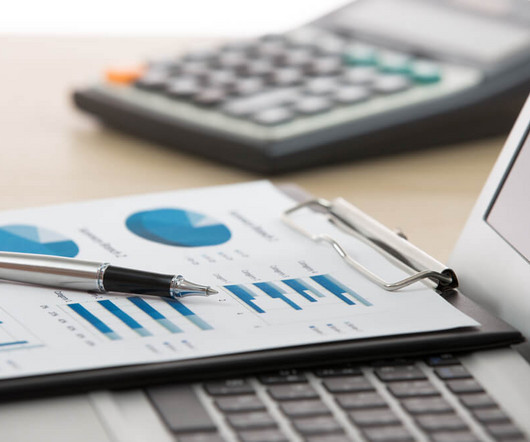
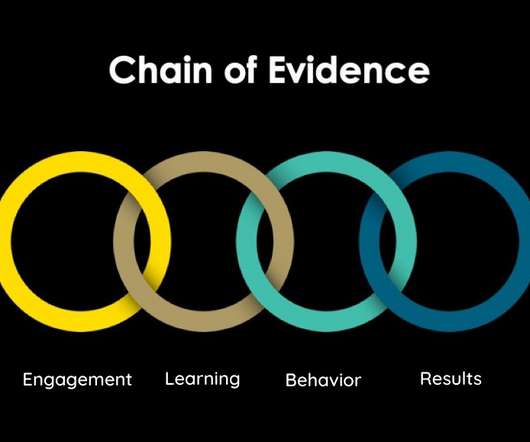





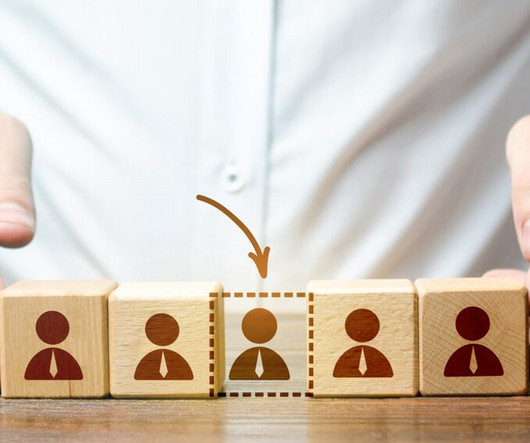
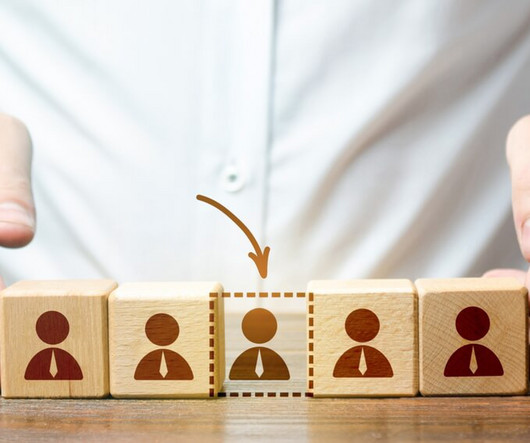





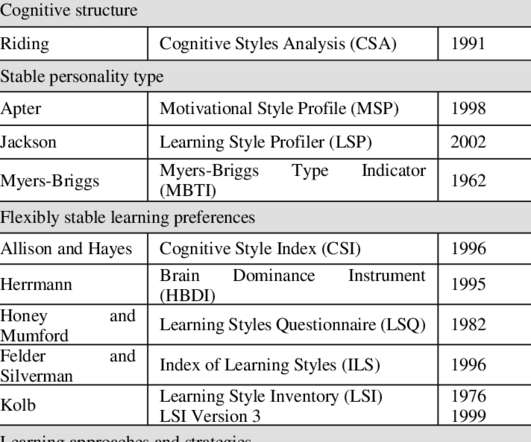
















Let's personalize your content